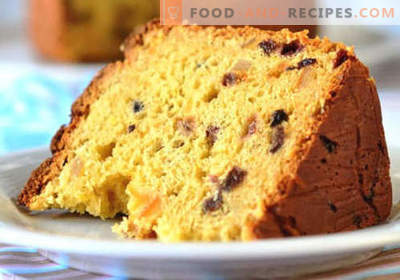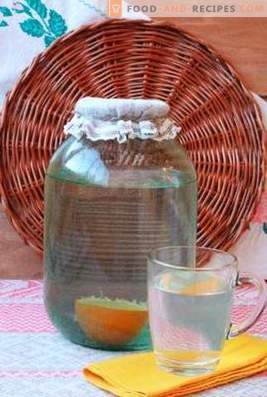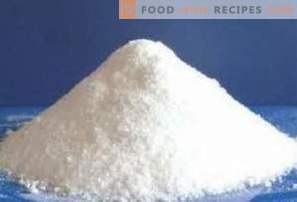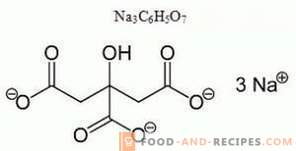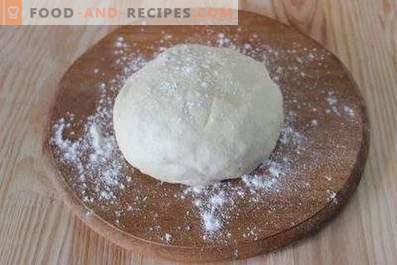
Many housewives from year to year try different recipes for Easter cakes: now they bake with raisins, sometimes with candied fruits, sometimes with nuts ... In our own family, it is common to use one recipe that has been proven over the years. True, sometimes it is grasped by some innovations. For example, silicone baking molds for Easter cakes, which we used for the first time this year. The whole family liked the result of hours of wandering around the kitchen: try using these baking molds and you!
Ingredients:
- flour - 1 kg 800 g;
- eggs - 3 pcs .;
- butter - 125 g;
- sugar - 500 g;
- raisins - 250 g;
- dry yeast - 2 sachets;
- salt - pinch;
- milk - 800 ml;
- vanillin - 1 tsp.
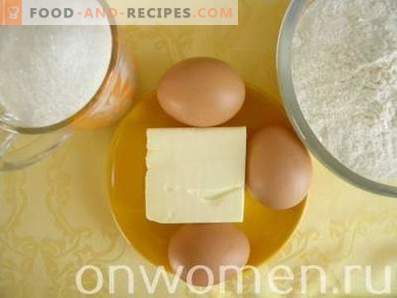
You will also need silicone molds for baking Easter cakes and a cotton towel to cover the dough. The amount of yeast may vary, depending on the manufacturer. If the bag of yeast indicates that it will be enough for 1 kg of flour, then just 2 bags will fit the recipe. But in another case, you have to independently calculate the amount of yeast, based on the flour.
Cooking
1. Any lush dough begins with warm milk. So, pour the milk into the saucepan, boil it and cool slightly. While the milk is still hot, pour 200 ml in a medium-sized bowl and add 3 tbsp. l flour. Mix these two ingredients until smooth (if it doesn’t work out - use a blender).
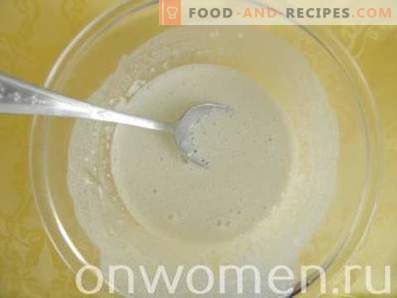
2. In another bowl mix 2 tbsp. l flour, 2 tbsp. l sugar and all prepared for the recipe dry yeast. Stir them into a homogeneous bulk mix.
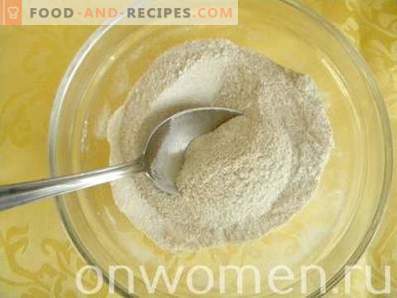
3. Add 100 ml of warm water to the mixture with yeast and mix well. After the yeast has earned and completely dissolved, you can pour this mixture to the milky flour. Again, stir everything well and leave for 10-15 minutes to ferment the yeast.
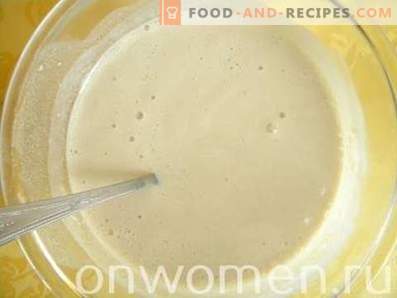
4. Pour the fermented mixture into a large bowl or 5-liter saucepan in which to knead the dough. Add the rest of the warm milk and add some flour.

5. Stir the dough and add flour until it has the same consistency as pancakes (both liquid and thick at the same time). Cover the mixture with cotton linen and place in a warm place to make the dough fit. If the sun shines in your kitchen window, you can safely put the dough right on the windowsill: it will fit faster there.

6. In a large bowl, break 3 eggs and mix them well with all the prepared sugar. Add the softened butter to this mixture and mix.

7. Rinse the raisins under running water and brew boiling water. Wait 5 minutes, then fold the raisins through a sieve. Lay it on a wooden kitchen board in a thin layer and send it to a warm place to dry. If the raisins are already dried, send them to the egg-oil mixture. Also at this stage you need to add vanilla and salt.

8. The dough preparation (with yeast) should be kept warm for about 30 minutes. After that, it will become airy thanks to the yeast.
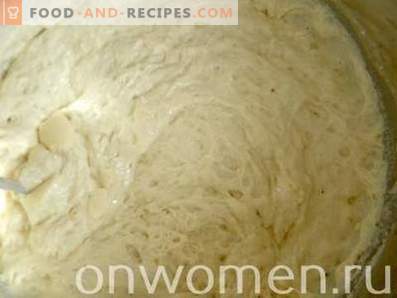
9. Add the raisin mixture to the dough. Pour flour into it and start kneading with your hands. Constantly sprinkle flour, making the dough all the steeper. The perfect dough for the cake is one that does not stick to your hands. If you have already achieved this effect, leave the dough in a saucepan, cover with a sheet and again determine in a warm place. Watch it closely: you will need to lower it closely when it rises (just press it with your palm).
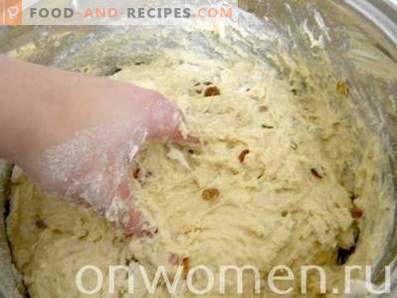
10. If the dough has already come for the third time, wipe it with your hands moistened with sunflower oil. At this stage it is time to use the molds for baking!

11. All molds for cakes (both ordinary and silicone) lubricate with a piece of butter. Then fill each of the molds with 1/3, putting a piece of dough rolled up by hands into it. Here in the use of silicone molds for cakes, there is a nuance: it is necessary to apply the dough only when the forms are already on the baking sheet. Otherwise, you will have to transfer to a baking sheet that can deform the cakes (silicone walls can crush the dough).

12. Cover the dough with natural linen in the molds and wait until the dough comes again. In the warm oven forms can be put when the dough fills? forms.
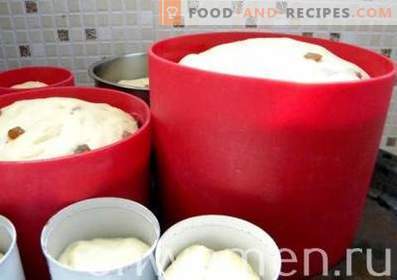
13. Place the dough forms in the oven and bake for 40-45 minutes. Do not forget to look in the oven and make sure that the dough does not get out of the bounds of the forms! If you see that the critical moment has come, and the hat on the cake is about to collapse on its side, increase the fire in the oven in order to burn the outer shell of the cake. Easter baking can be considered finished if its hat has darkened, and the dough does not stick to the match inserted into the wall of the cake.

14. It remains only to make a fudge to decorate the cake! To make icing sugar, take the protein of one egg and beat it with 100 g of powdered sugar. Then gradually add powder until the frosting is thick (usually 200 g of powder is enough for this). Grease the cakes with icing and decorate with colored powder.
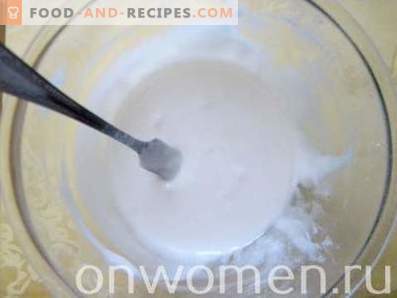

Enjoy your preparations for Easter!



